Sekiryu Wasan and Yuzo Omata
In the Edo period Seki School of Japanese Mathematics
Mathematics unique to Japan that developed during the Edo period Japanese mathematics In Japan, Asuka Mathematics was introduced from China around the time of the Meiji Restoration, but it did not become popular. After that, from the Sengoku period to the early Edo period, Castle construction・Civil Engineering・Land survey・The need for calculations has increased due to economic development, etc., and China Accounting report Based on the influence of Japanese mathematics The mathematician who could be called the founder of Japanese mathematics, which developed during the Edo period, Takakazu Seki Wasan, invented by Seki Takakazu, became popular in the early Edo period. Seki School of Japanese Mathematics It was called.
A leader of the Seki school of Japanese mathematics, Yuzo Omata
In the Inagi area, he was a leader of the Seki school of Japanese mathematics during the Meiji period. Yuzo Omata He is famous for: Tenpo He was born in Yanokuchi Village on October 4, 1840. He studied arithmetic from a young age, Self-study Feeling the limitations of his work, he moved to Tokyo in 1877 (Meiji 10). Study Abroad death, Fukuda Riken ( Juntendo Kyugosha He learned the Seki school of Japanese mathematics from a Japanese mathematics school called "Seki-ryu." Around the time of his study in Tokyo, he began teaching Japanese mathematics in Yanokuchi Village, and it is said that he had a large number of students from near and far. Anazawaten Shrine (Yanoguchi, Inagi City), Okunitama Shrine (Fuchu City) Sangaku In 1855, the 18th year of the Meiji era, Mathematical illustration In July 1897, his disciples erected the " Omata Kimihito Monument " Monument to the virtue You can find out by:
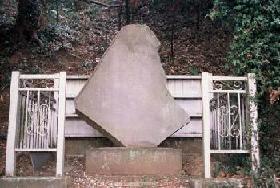
Omata Kimiju Monument (Anazawaten Shrine)
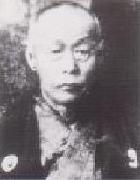
Yuzo Omata in his later years
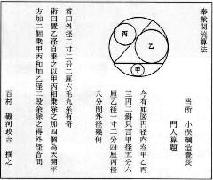
The first question of the calculation tablet of Anazawa Tenjin Shrine
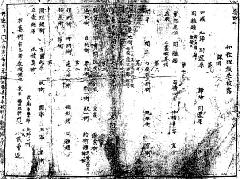
Wasan professor/student recruitment leaflet
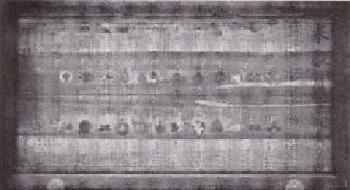
Sangaku dedicated to Okunitama Shrine












